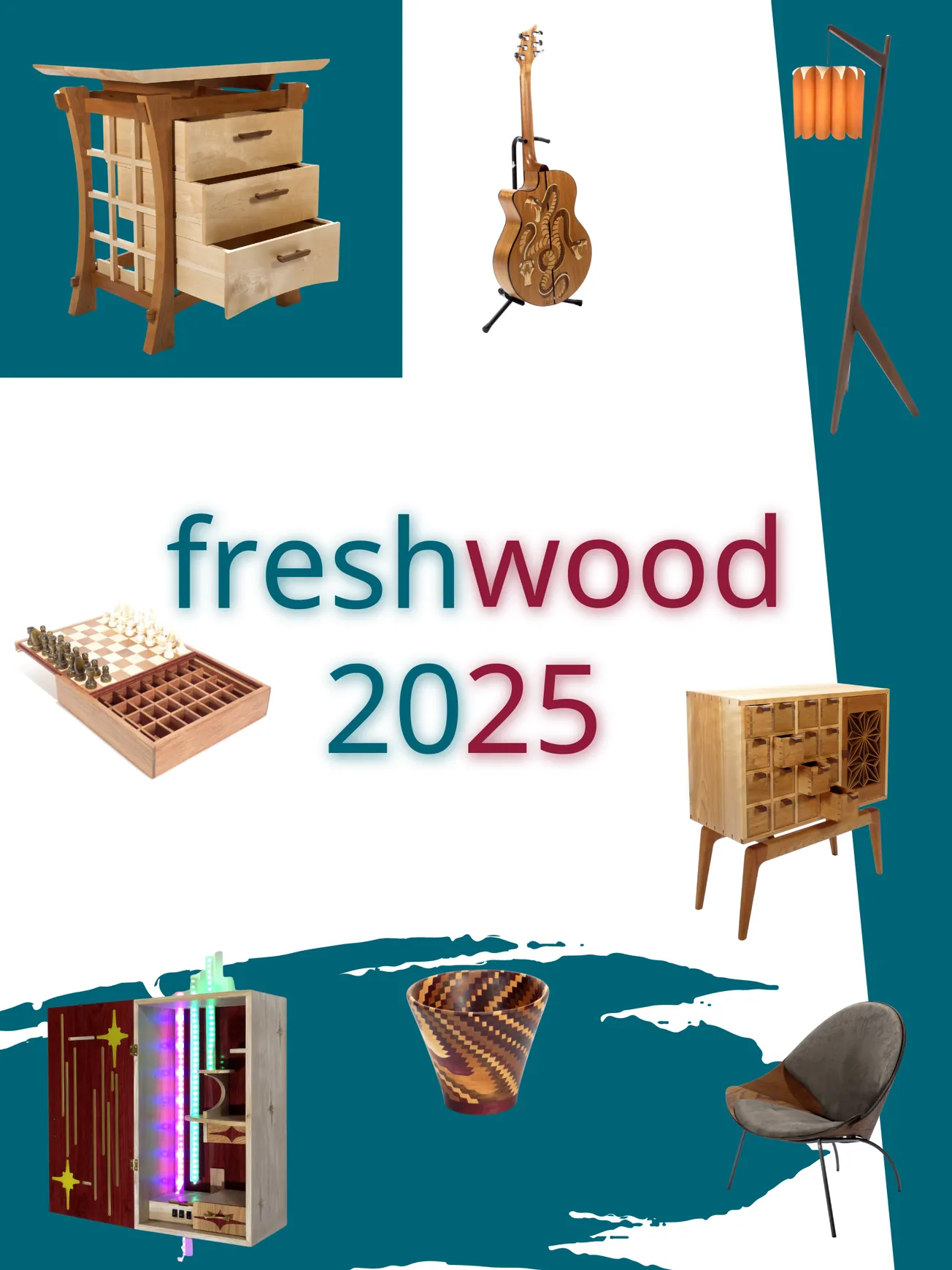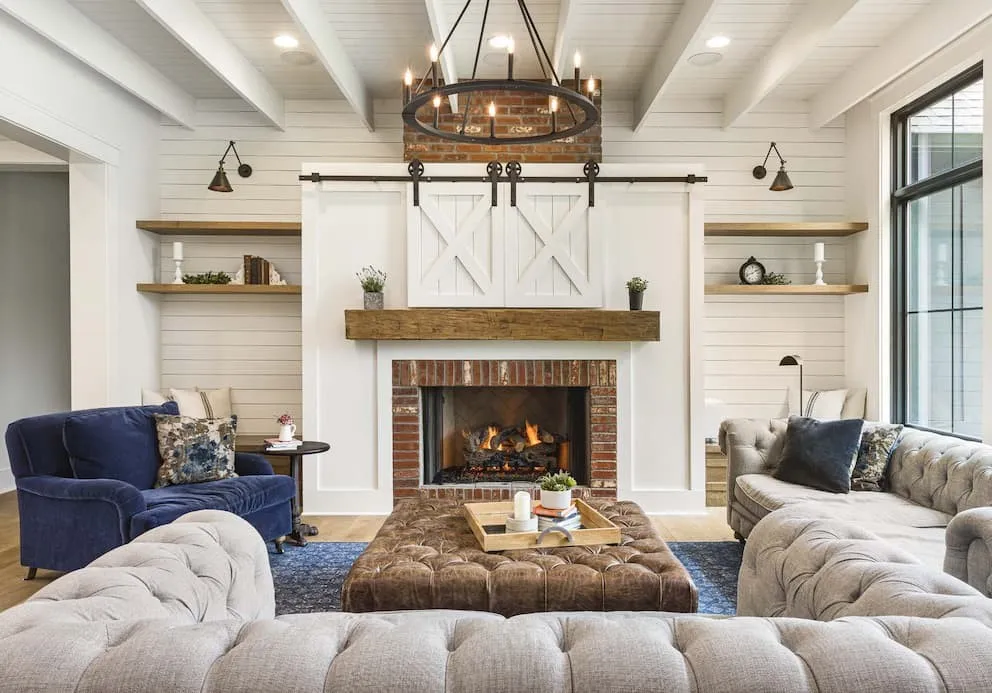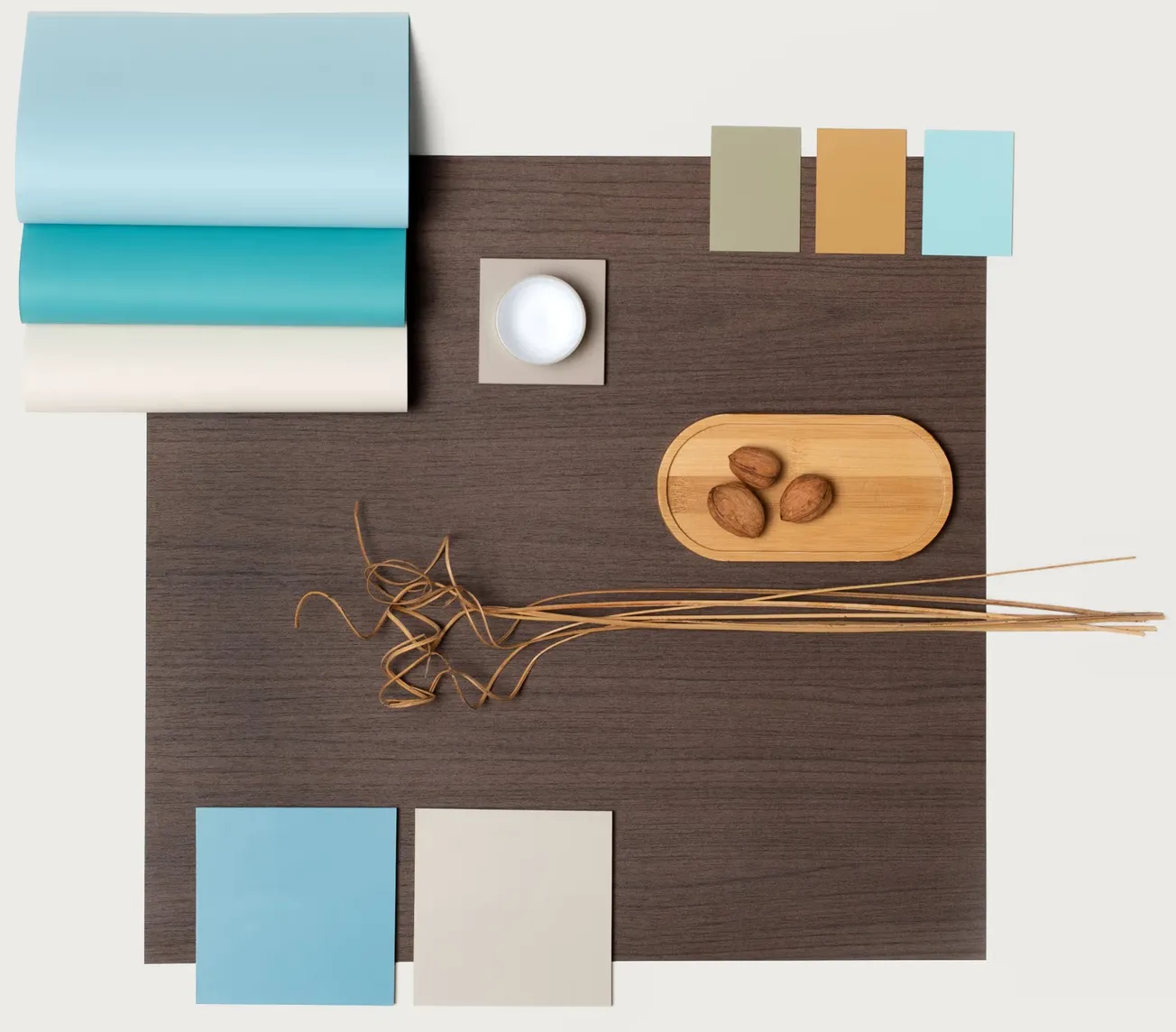Table of Contents

No matter the sport, there’s a universal truth in the world of college athletics: Recruiting is king.
In an effort to attract the best recruits, programs across the country have poured millions of dollars into constructing lavish, state-of-the-art athletics facilities. And a Greenville design firm is behind the visuals and graphics found within several of these buildings that are intended to catch the eyes of potential commits and create a lasting impression.
Jack Porter — co-founded in 2010 by Christina Harrell, president, and Danny Stemann, creative director — specializes in experiential graphic design, which “involves the orchestration of typography, color, imagery, form, technology, and, especially, content to create environments that communicate.”
“We really try to help our clients bring their brand into what we refer to as the ‘built environment,'” Harrell says of the firm’s work. “So we’re always working within some space. … We’re really in subtle and not-so-subtle ways trying to weave the client’s brand through their space.”
Currently housed at 101 College St. in downtown Greenville, Jack Porter is planning an upcoming move to 112 W. Stone Ave. to accommodate its continuing growth. With 15 current employees, Harrell says the firm hopes to reach 20 in the next six months.
The majority of Jack Porter’s client list is Division I collegiate athletic programs, including Georgia Tech, the University of Notre Dame, Texas A&M University, Michigan State University, the University of Georgia, and North Carolina State University, among others.
 The firm designed the graphics and displays for the Clemson University football program’s Allen N. Reeves Football Complex and is completing similar branding work for the University of South Carolina’s new football operations center, which will be open by the end of the year.
The firm designed the graphics and displays for the Clemson University football program’s Allen N. Reeves Football Complex and is completing similar branding work for the University of South Carolina’s new football operations center, which will be open by the end of the year.
“College and university athletics have always been the core focus [of our firm],” says Harrell, who played collegiate golf at the University of Arizona and Furman University.
“A number of our team have big hearts for college athletics. We just like the passion and the tradition,” she adds. “We just love that realm, that world, so it’s definitely our home base.”
The design process for a project like the Reeves Football Complex involves sifting through the variety of content the team wishes to incorporate — which includes anything from highlighting former players to showcasing key moments in the program’s history — and then evaluating how their desired message can most effectively be communicated to an audience within the space.
“What our team does is, you know, they take all of that and then take the building, and they try to understand how a person’s going to move through that building, and they craft … ways to bring order to that — to bring beauty, to bring order, to bring meaning to all of those stories in a way that makes sense,” Harrell says.
Although Jack Porter may often work in the same type of spaces for their projects — a facility, or a practice field or gym — no two athletic programs are alike in their vision when they approach the firm for design work.
“Clemson is Clemson,” Harrell says. “It’s different than Georgia Tech. It’s different than South Carolina. It’s different than Baylor. And, you know, they all might have similar goals, but the path to get there is really digging into who they are and what makes them tick, and those things really are different.”
And uncovering what is unique and specific to each program requires, above all, a commitment to listening to the client’s needs, Harrell says.
“I think a thing that really separates us from others is that a lot of design firms kind of come in and say, ‘Hey, we’re the experts. This is what you have to do. You have to go this direction. You have to do this thing,'” Harrell says. Starting each project anew and not assuming that because one client wanted a specific feature in their facility that the next one also will have been essential to Jack Porter’s approach, she says.
“People a lot of times will try to ask do we have a ‘Jack Porter style,’ and we’re like, ‘Goodness, we hope not,'” Harrell says. “We hope that we’re adapting and changing to our clients and that we don’t have some calling card.”


















